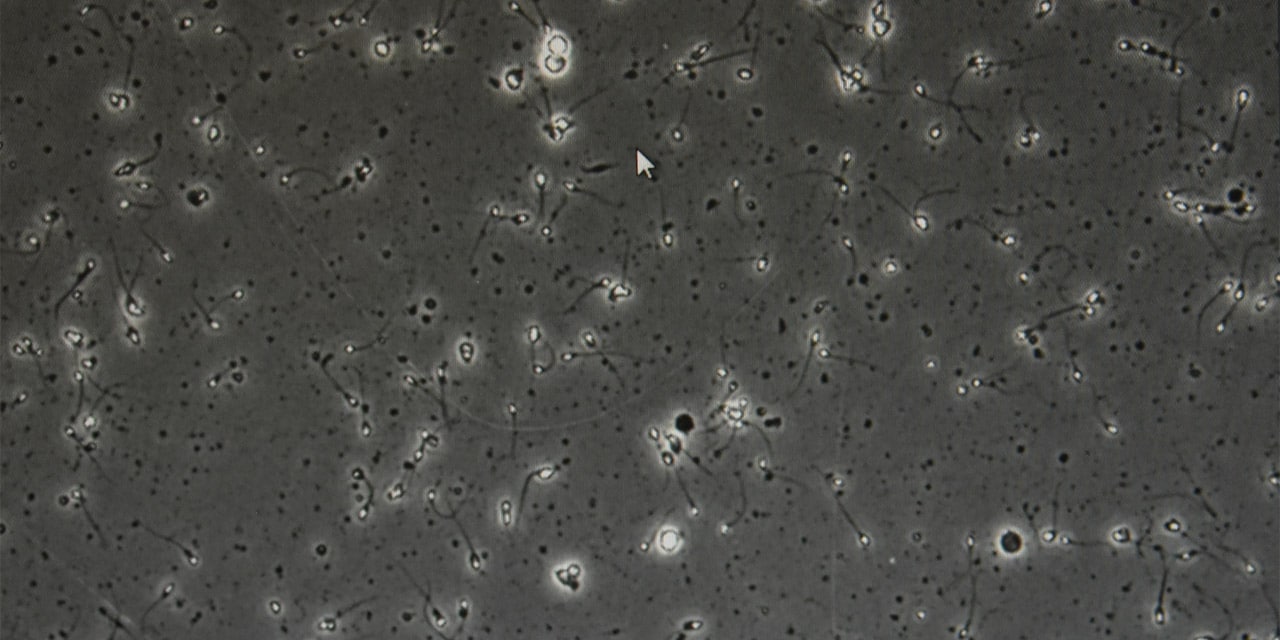Fibroids are growths made up of muscle tissue that develop in the uterus. They affect 1 in 5 women of reproductive age, so they are very common. Fibroids vary significantly in size — from as small as 5 mm to as large as 20 cm — although most do not exceed 4 or 5 cm. Furthermore, they can grow during a woman’s fertile years and usually shrink or disappear after menopause. The exact cause of fibroids is still unknown, but their growth is linked to oestrogen levels, and genetic factors may also play a role.
Fibroids often go unnoticed because they don’t always cause symptoms. That is why regular gynaecological check-ups are essential, especially for women who are planning to have a baby, as fibroids can affect fertility. In this post, Dr Núria Barbany — a specialist in gynaecological surgery, fibroids and endometriosis — answers the most frequently asked questions about their impact on fertility.
How do fibroids affect fertility?
It depends on their size and location. There are three main types of fibroids, based on where they are located in the uterus:
Submucosal fibroids: These grow in the inner lining of the uterus (the endometrium) and have the greatest negative effect on fertility. They can increase the risk of miscarriage during the first trimester and cause heavy menstrual bleeding. Even small submucosal fibroids are more likely to cause problems than larger fibroids located in other areas. They are also the most likely to interfere with embryo implantation.
Intramural fibroids: These develop within the thick muscular wall of the uterus (the myometrium). Large intramural fibroids can also lead to heavy bleeding, recurrent miscarriages and other pregnancy complications. If they are large enough to affect the fallopian tubes or distort the endometrial cavity, they may cause further problems.
Subserosal fibroids: These grow on the outer surface of the uterus and tend to have less of an impact on fertility and are less likely to cause complications during pregnancy. However, if they become large, they can lead to compression of nearby organs, causing symptoms such as increased urinary frequency or pelvic pain.
Can fibroids make it harder to get pregnant?
Most women with fibroids don’t have difficulty conceiving. However, the closer they are to the endometrial cavity — where the embryo implants and develops — the higher the risk of infertility or miscarriage. Larger fibroids are also associated with an increased risk of first-trimester miscarriage and pregnancy complications such as premature labour, caesarean section, abnormal foetal positioning, bleeding or pain.
Should fibroids be removed before trying to conceive?
Treatment depends on the size, location, and symptoms caused by the fibroid. If pregnancy is the goal and removal is recommended, there are several options available:
Hysteroscopic myomectomy: This is a minimally invasive, outpatient procedure used to remove submucosal fibroids via the vaginal canal, using a camera to access the uterine cavity. A follow-up is needed 2–3 months later to ensure medical clearance before trying to conceive.
Abdominal myomectomy: This can be done through keyhole surgery (laparoscopy) or open surgery (similar to a C-section incision). After this type of surgery, it’s usually recommended to wait 6–12 months before attempting to conceive.
Radiofrequency ablation: This non-invasive technique treats fibroids by applying heat to them through the vaginal canal. It does not require hospitalisation and leaves no scarring on the uterus, offering good short- and long-term outcomes. A waiting period of 3–6 months is generally advised before trying to get pregnant.
If IVF is needed, what steps should be taken?
Since fibroids can negatively affect fertility, patients with fibroids should be assessed by both a gynaecological surgeon and a fertility specialist before starting IVF treatment. Taking into account the patient’s age and any other potential causes of infertility, a coordinated approach with the Reproductive Medicine Department will help ensure the most effective and personalised treatment.
Can fibroids change during or after pregnancy — for example, shrink or disappear?
Most fibroids don’t change in size during pregnancy. However, about 20–30% of fibroids may grow during the first trimester due to hormonal changes. In most cases, they return to their original size after pregnancy.
Are more frequent check-ups needed during or after pregnancy to monitor fibroids?
Not necessarily. Routine pregnancy check-ups are usually sufficient. If fibroids are not causing symptoms, the recommended approach is conservative monitoring. If symptoms do occur, or if the fibroids are growing, more frequent monitoring may be needed, depending on each individual case. As mentioned above, it is common for fibroids to shrink or disappear naturally after the age of 50.


